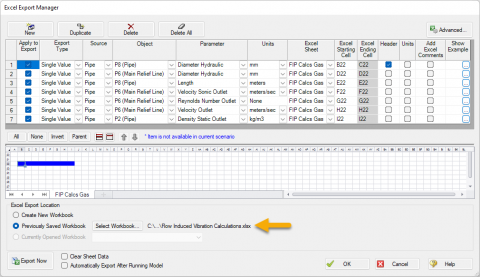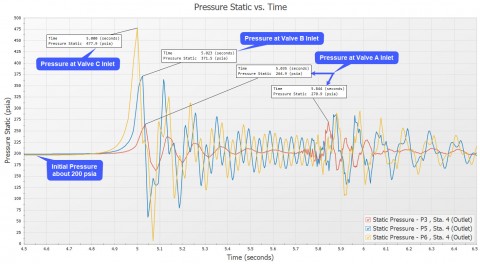AFT Blog
Unless you happen to be marooned somewhere on Jupiter or beyond it has been hard to miss all the talk about Mars in recent days and weeks. What actually is on Mars? Water? Life? Can we send humans to Mars? Should we send humans to Mars? If we can and should, how can and should we do it?
Mismatched fluid handling machinery and the systems they service are a frequent occurrence in industrial, municipal and commercial fluid transfer installations. And, as I found out this morning, in residential installations. Specifically, in the residential installation in which I personally live.
A couple weeks ago, I wrote a blog article about the features, functionality, and how to use the Scenario Manager effectively in order to help the engineer save lots of time. In this article, I'm going to demonstrate a practical example of how it is possible to setup 12 different scenarios and run them in less than 10 minutes! The important thing to pick up from this practical example is the thought process on how to setup the scenario tree in the most effective and efficient manner possible. Consider the system below in Figure 1 where three liquid hydrocarbons at cryogenic conditions including...
Well, if the answer is "more than one", then you are probably struggling to deal with way more model files than you need to be. With all AFT products, the Scenario Manager is an incredibly powerful feature that allows one to model several different cases within a single model file. This includes different operating conditions, multiple pump configurations, different piping, system expansions, hot days, cold days, insulation, fouling and pipe scaling, etc. The list of different cases that can be modeled is essentially endless! So, I have said it once, and I will say it again...The Scenario Manager is one of...
"Who has extra time?", you ask. Well, at least for today, we all do. Because today is the day on which a "leap second" will be added - according to this article in TIME magazine.
I like cool new features in software. And I am especially proud of those in the upcoming AFT Fathom 9. We expect this new version to be available in the next two months. Below I will touch on some of the new features I think will be of most interest to you.
Well that depends on how optimistic you are, but either way you can model partially full pipes with AFT Impulse! This means partially full along the axial direction, as opposed to partially full along the radial direction. This function only works for pipes that have a slope, and when the pipe is partially full it drains from the end with the higher elevation. Pipes which contain vacuum breaker valves, exit valves, spray discharges, or assigned pressures at the outlet can drain or fill during the transient. This draining or filling is limited to the specified pipe. AFT Impulse will not model...






